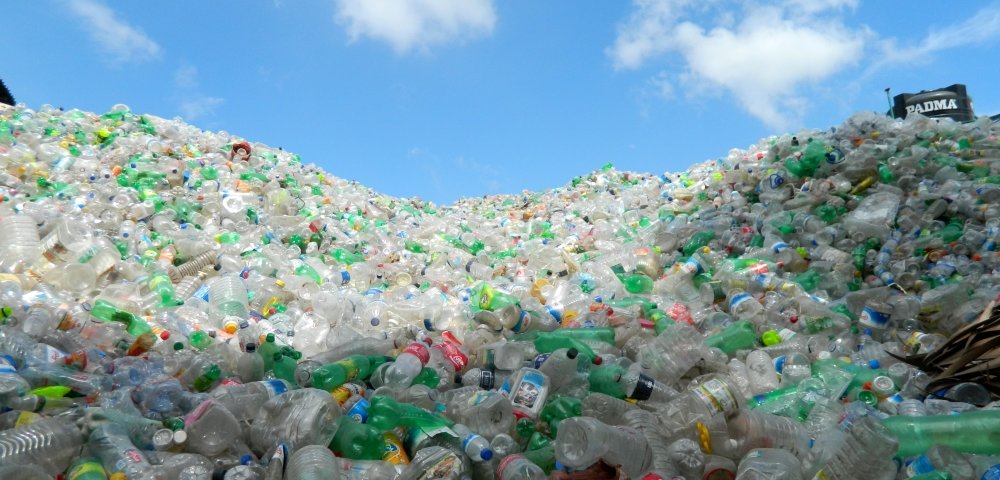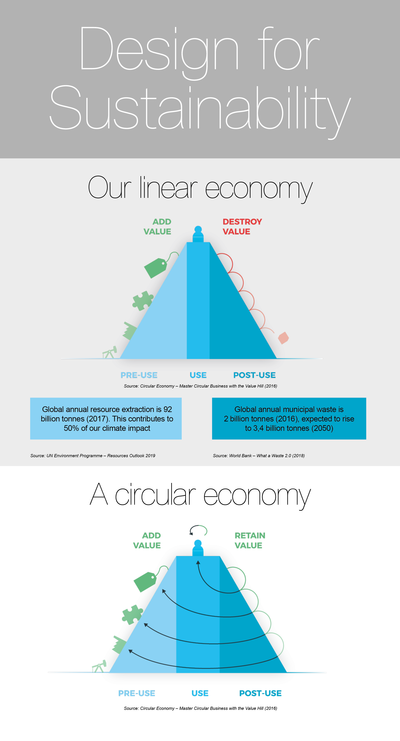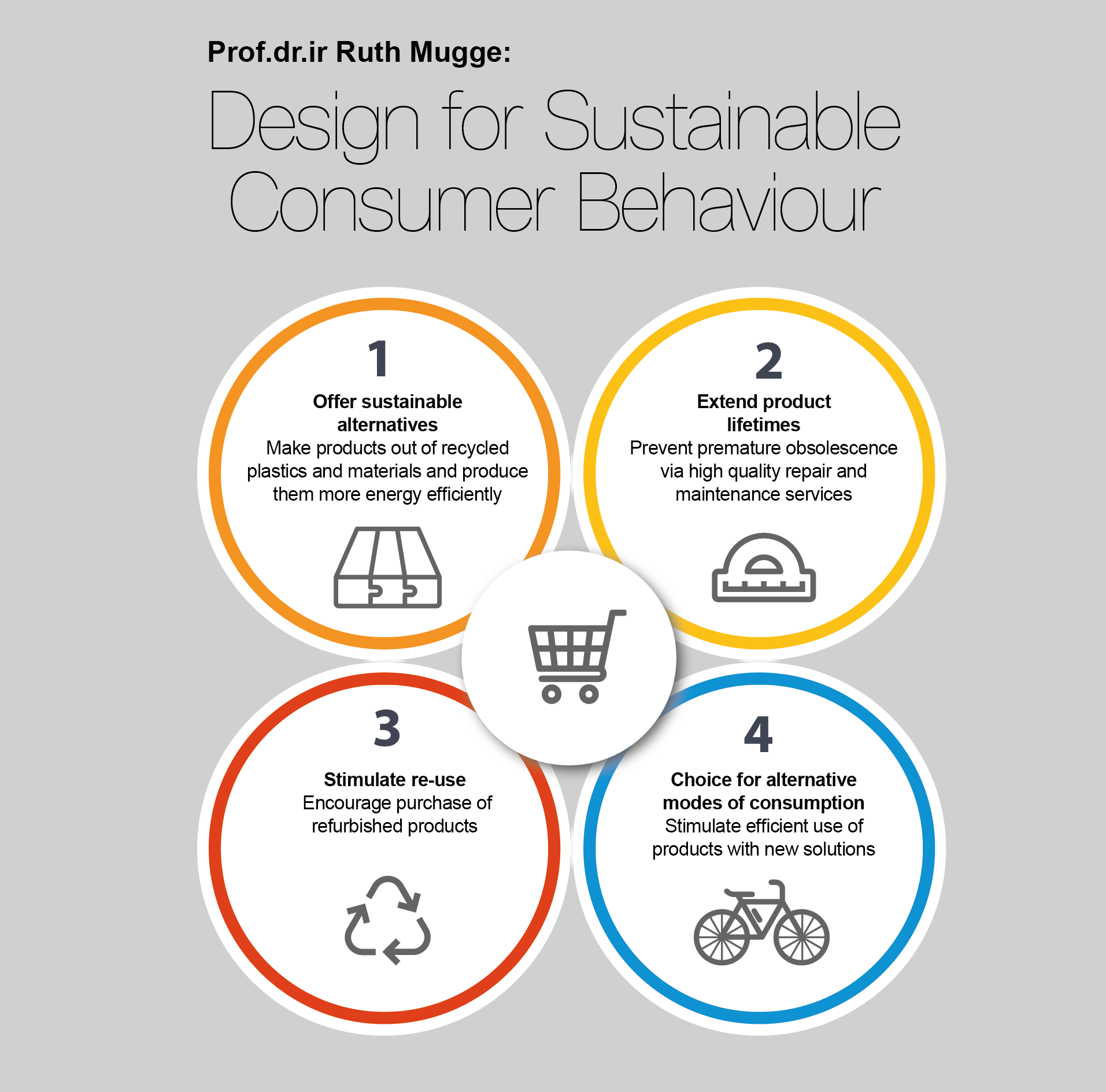Sustainability is a verb
Before we buy them, our products go through several phases where value is added to them. From cars and washing machines, to laptops and smartphones. Every product starts as a collection of raw materials. These have to be extracted first, after which a series of complex refining, manufacturing and transport processes start. Resources become materials, materials become parts, parts become products.
We buy that product, use it and discard it after a while. Hopefully, we can recycle a portion of it. But the vast majority of it ends up in landfills. All value that was added gets lost. Both the production process from resource to product, and our consumption and waste, contributes to our current climate change problems. From greenhouse gas emissions to plastic soup in our seas and oceans.
New professors Ruth Mugge and Conny Bakker argue that we need to change the way we design our products and services. They see many areas where more research and improvements are sorely needed, with design as crucial linchpin. “The value of design is our human-centeredness”, says Ruth Mugge. “That is crucial in our continuing efforts towards more sustainability.” Conny Bakker adds: “We expand this human-centeredness to stakeholders and organisations throughout society and our economy. As design-researchers, we bring all their perspectives together in new, constructive designs.
Where do you start?
Professors Bakker and Mugge, together with several colleagues, are pushing the Faculty of Industrial Design Engineering of TU Delft in researching design for sustainability within their respective chairs. They’re involved in large-scale European research projects, and coach Bachelor, Master and PhD students. The most frequently asked question they get is: where do I start?
Conny laughs when she talks about it: “I always say: somewhere. Start where you believe your expertise and curiosity can make an impact. As soon as you start, you’ll never stop learning, adapting and improving.” Ruth: “Sustainability consists of so many moving parts. Focusing too much on what your design or research does not tackle, isn’t very constructive. Start with what you know, and work from there.”
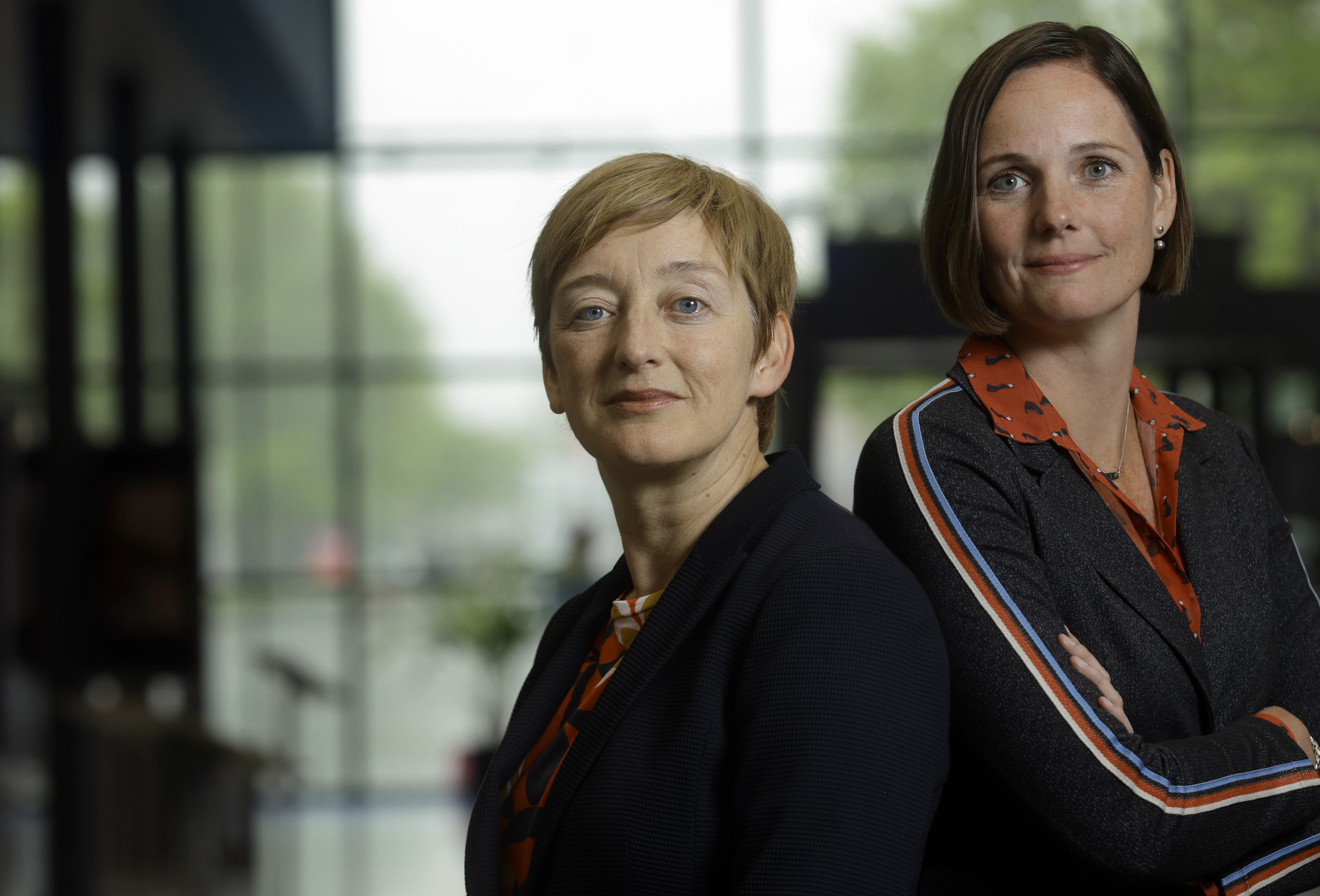
After her PhD research into environmental information for industrial designers in 1995, Conny started working with several large companies such as Océ and Ahrend. “I wanted to actually implement methods on sustainable design and production in businesses. By thinking about design in a more strategic way, I wanted to have an impact.”
Ruth went straight to PhD research on product attachment after her Master studies. “Why do we attach ourselves to the things that we buy? How can you design for this? But product perception goes even further. For instance, I found out that people believe that black washing machines are more difficult to operate than white washing machines, even if they are completely the same except for colour. The way products are designed influences our purchasing and consumer behaviour.”
We’ve realised that limitless consumption is unsustainable. “But you can’t just ask people to stop consuming, that isn’t realistic”, argues Ruth. “And that is exactly where my fascination lies. How can you use the design of a product to stimulate sustainable consumer behaviour, such as reuse of products, refurbishment or longer product lifetimes? I believe we should view consumers as catalysts for a circular economy and a more sustainable world.”
Conny: “From a perspective of research into sustainable systems, it’s crucial for designers to confront consumption. Collectively, consumers are a powerful actor in our economic system. Individual or small-scale sustainability efforts are admirable, but designers have to be more aware of the forces they address when designing for a system change in consumption. Like social normalisation for instance, where sustainable consumption would be seen as normal as not throwing your garbage on the street.”
Students for a sustainable future
The attitude of young people towards sustainability has shifted during Conny & Ruth’s academic career. “It’s now seen as obvious by our students that you design in a sustainable way,” Ruth says. And this is exactly where the challenge lies. Conny: “It’s often argued that sustainability should be in everything that you learn. Which is true, but you need a certain level of base-knowledge. You could view it as mathematics: crucial and needed for all education programmes here in Delft, but you need a certain base-level knowledge in order to work with it. For sustainability, this is Life Cycle Analysis for instance.
In the upcoming renewal of the Bachelor programme of Industrial Design Engineering, more explicit attention will be given to sustainability in an entire separate course. “This will give our students the tools to not only design a product without the use of plastics, but an entire sustainable system. In our subsequent Master programmes, they’ll be able to delve into this deeper.”
International impact
Both professors are currently involved in several large-scale European research projects, part of the Horizon2020-programme. For Ruth this is the PROMPT project, which started very recently. “It’s aimed at developing a testing programme for premature obsolescence. This is the notion that products are discarded sooner than we would like. This raises several questions, including: ‘Why do people want a new product every time, and can we use design to mitigate this?’ Because we’re involving several consumer organisations directly in this research, we’re can generate direct impact.”
Conny is involved in, among other projects, the ReCiPPS project. German manufacturer Bosch and Slovenian white good manufacturer Gorenje (Dutch kitchen appliances brand ATAG is among their portfolio) can be counted among the partners in this project. “We’re looking into circular business models and products. How can manufacturers more efficiently implement remanufacturing in order to decrease their use of raw materials?” The research conducted with Gorenje makes Conny’s eyes sparkle: “It’s about both their products as their business model. A pay-per-wash system for instance, where you pay for each time you turn on your washing machine. This could change the way you operate a s manufacturer, but also changes how you design and make these washing machines. The Dutch start-up Homie, with whom Ruth also conducts research, is involved in that project.”
These kinds of projects lead to new insights about design for sustainability. “Together with Gorenje and colleagues from TU Delft’s Faculty of Civil Engineering and Geosciences, we’re preparing the next research project. A testing platform where we look into greywater for washing machines, recycled from your shower for instance.
Sustainable design for our Future
Both professors are working towards a circular economy. “And we believe this is a watershed moment”, Ruth says. “From student graduation projects to companies and research partners, we notice a strong demand for more sustainability.” Conny: “As a university we should be ahead of the curve. We should develop more demonstrators of possible improvements, develop methods for actual sustainable design. We should revalue materials, because in spite of all the digitization happening around us, we’ll always be using resources. And we have to show the consequences of reaching the limits of those resources.”
“Sustainability is not a problem to solve. It’s a continuous process of improvement.” See it as a relationship: not a puzzle you just put together and move on. You work on it every day, with care. Sustainability is a verb.

Conny Bakker
- +31 (0)15 27 89822
- C.A.Bakker@tudelft.nl
-
Room B-3-330
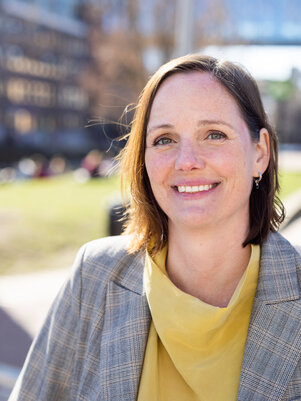
Ruth Mugge
- +31 (0)15 27 83008
- R.Mugge@tudelft.nl
-
Room B-4-010
